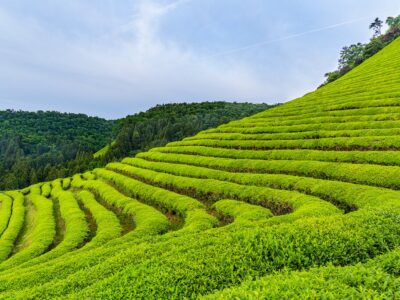
Explore South Korea at the tail end of spring in May. With cherry blossom crowds dissipated and the summer holidays yet to arrive, May offers the perfect opportunity to experience warm days and picturesque landscapes in a quieter atmosphere. Hit the major highlights on a cross-country tour of South Korea's top cities, or appreciate its natural beauty by visiting tea plantations and bamboo forests.
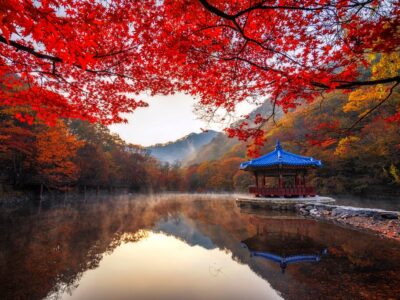
Travel to South Korea in October for stunning autumn views. This month's pleasant weather and fall foliage attract visitors from across the globe. Take in the changing leaves along a hiking trail at a national park, or enjoy the scenery while sightseeing in Seoul. For a day trip, visit Nami Island, a popular tourist destination year-round that is exceptionally breathtaking in the fall. While crowds can be high this month, October's popularity is well-deserved: it's one of the best months to visit South Korea.
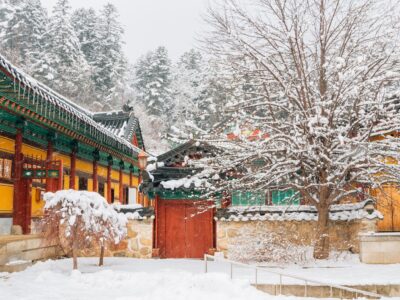
As the coldest month of the year, January is South Korea's low season. Travelers kicking off the new year in Seoul will benefit from low crowds and prices, presenting the perfect opportunity to visit the country's most popular tourist destinations without the lines. Tour major cities like Incheon and Daegu or hit the slopes at one of South Korea's ski resorts in the northwest district of Pyeongchang. Cap off your trip by celebrating the beauty of winter at a seasonal festival.
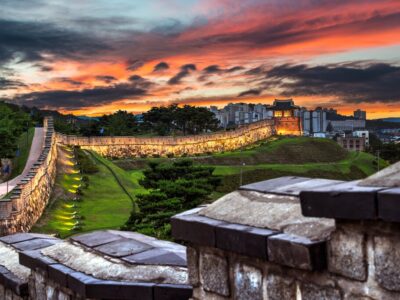
The fall season kicks off in South Korea in September. Cooler temperatures and an end to summer crowds make September ideal for sightseeing and outdoor activities. Tour top attractions in Seoul, Busan, and Jeonju, explore the country's national parks and hiking destinations, or combine both for insight into South Korea's culture, history, and natural beauty.
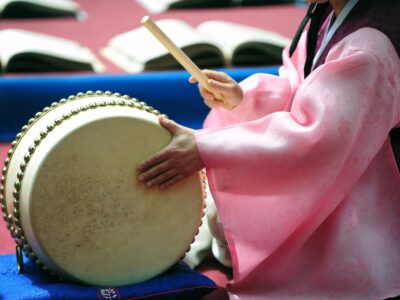
A 10-day visit is recommended for South Korea. The small size of the country, combined with good roads, multiple domestic airports, and excellent public transportation, makes it possible to travel efficiently. Ten days give you enough time for outdoor adventures on Jeju Island, coastal views and traditional markets in Busan, and historical sites and cultural activities in Andong—in addition to urban exploration and street food in Seoul.

South Korea is in full bloom in April, one of the most popular months to visit. In early April, travel to Jinhae for the country's most famous cherry blossom festival, which brings in more than two million visitors annually. Later in the month, take in flowery landscapes while hiking or camping in South Korea's national parks. Cherry blossom season brings higher crowds and flight prices, but travelers will find the season's popularity is well deserved for its mild weather and unforgettable views.

Explore South Korea at the height of winter in February, when crowds are low and snowy landscapes beckon. From winter sports and hiking to warming up in the waters of a traditional Korean bathhouse, there's something for every traveler this month. Visitors willing to endure the chilly temperatures can snag great deals on flights, hotels, and attractions while experiencing South Korea's major cities at a slower pace.
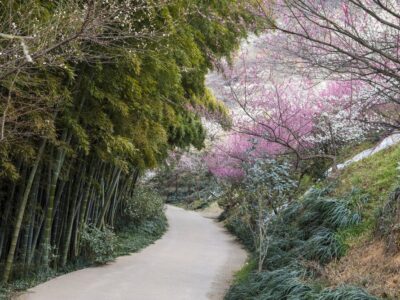
Signs of spring begin to peek through in March as frozen temperatures thaw and the first of South Korea's flower festivals kick off. Crowds are low compared to other spring months, making March an ideal time to experience the season in South Korea without paying premium airfare prices. Travel to the southern provinces for the warmest spring weather, where you can visit historical sites in Gyeongju, sample traditional dishes in Jeonju, and admire the bamboo forests of Damyang.
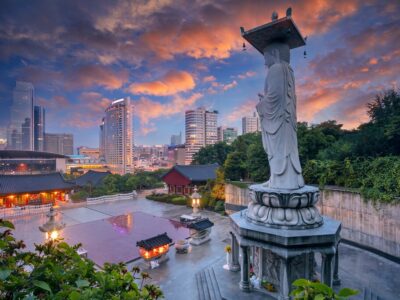
The shoulder seasons of late spring and early fall are the ideal time to visit South Korea. Springtime visitors will see the country in full bloom during the cherry blossom season, while fall brings cool weather and vibrant autumn foliage. During summer, travelers can expect high temperatures and heavy rainfall, but the summer heat is ideal for beachgoing and island hopping. In the winter, adventure travelers will enjoy a variety of winter sports at South Korea's famous ski resorts.
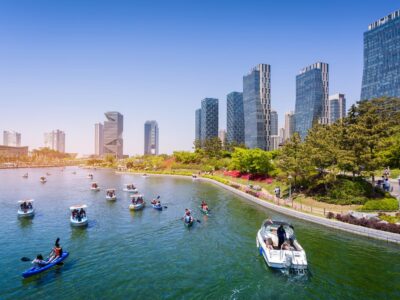
Summer begins in South Korea in June as temperatures and humidity levels climb. June also brings the start of the country's monsoon season, with rainfall especially heavy along the southern coast. With crowds and prices low compared to the rest of the season, June offers the perfect opportunity to enjoy iconic summer activities like island hopping and beachgoing. Meanwhile, on rainy days, travelers can opt for indoor sightseeing or sample coffee and pastries at South Korea's famous cafés.
